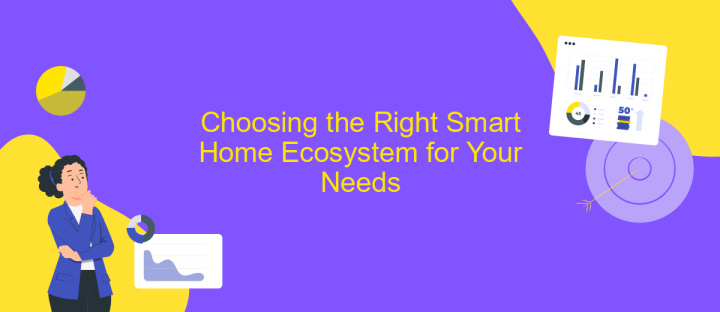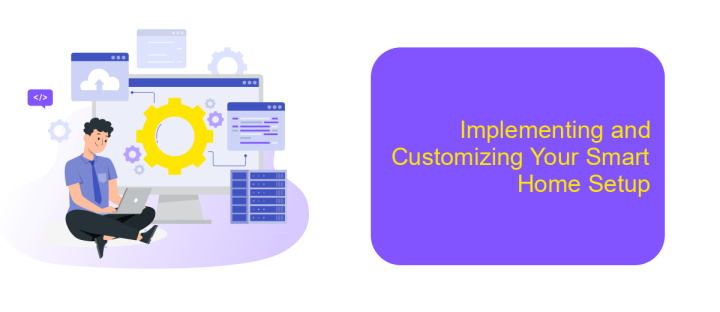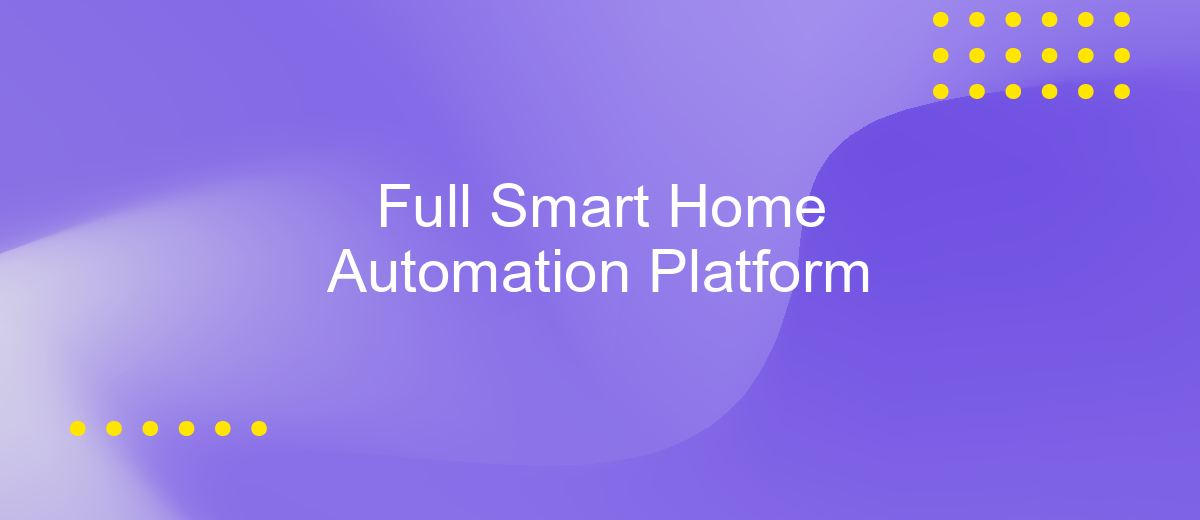Full Smart Home Automation Platform
In today's fast-paced world, the demand for convenience and efficiency has led to the rise of smart home automation platforms. A full smart home automation platform integrates various devices and systems, providing seamless control and management from a single interface. This technology not only enhances comfort and security but also optimizes energy use, offering a comprehensive solution for modern living. Discover how these platforms are transforming homes into intelligent, responsive environments.
Introduction to Full Smart Home Automation
The concept of a full smart home automation platform has revolutionized the way we interact with our living spaces. By integrating various smart devices and systems, homeowners can now enjoy unprecedented convenience, efficiency, and security. This technology enables seamless control of lighting, climate, entertainment, and security systems through a centralized interface, often accessible via smartphones or voice-activated assistants. The evolution of smart home technology promises not only to enhance daily living but also to contribute to energy savings and a more sustainable lifestyle.
- Centralized control for all smart devices
- Enhanced security through smart locks and cameras
- Energy management with smart thermostats and lighting
- Convenience with voice-activated assistants
- Integration with IoT devices for a cohesive ecosystem
As the technology continues to evolve, the potential for smart home automation expands, offering even more sophisticated features and integrations. Future developments may include greater interoperability between devices, improved AI capabilities for predictive automation, and increased emphasis on data privacy and security. Embracing a full smart home automation platform not only enhances personal comfort but also represents a step towards a more connected and efficient future.
Key Features and Benefits of a Comprehensive Platform

A comprehensive smart home automation platform offers seamless integration of various devices, creating a unified ecosystem that enhances convenience and efficiency. Key features include centralized control, allowing users to manage all smart devices through a single interface, and advanced scheduling capabilities for automating daily routines. The platform supports voice-activated commands and remote access, ensuring users can control their home environment from anywhere. Enhanced security features, such as real-time monitoring and alerts, provide peace of mind, while energy management tools help optimize power consumption, reducing utility costs.
One of the significant benefits of such a platform is its compatibility with third-party services, like ApiX-Drive, which simplifies the integration of various applications and devices. This flexibility ensures that users can customize their smart home experience to suit their lifestyle. Additionally, the platform's scalability allows for easy addition of new devices and features as technology evolves. Overall, a comprehensive smart home automation platform not only enhances comfort and security but also offers long-term cost savings and adaptability to future advancements in smart technology.
Choosing the Right Smart Home Ecosystem for Your Needs

When selecting a smart home ecosystem, it's crucial to consider your specific needs and preferences. A well-chosen ecosystem can enhance convenience, security, and energy efficiency in your home. Begin by evaluating the devices you already own and their compatibility with potential ecosystems. Consider the level of integration and automation you desire, as well as your budget constraints.
- Compatibility: Ensure the ecosystem supports a wide range of devices and brands.
- User Interface: Look for an intuitive and user-friendly interface.
- Scalability: Choose a system that can grow with your future needs.
- Security: Prioritize platforms with robust security features and regular updates.
- Support and Community: Opt for ecosystems with strong customer support and active user communities.
Ultimately, the right smart home ecosystem should align with your lifestyle and technological preferences. Take the time to research and test different platforms, if possible, to ensure they meet your expectations. By focusing on compatibility, ease of use, and security, you can create a seamless and efficient smart home environment tailored to your unique needs.
Implementing and Customizing Your Smart Home Setup

Implementing a smart home setup requires careful planning and understanding of your specific needs. Begin by assessing the devices and systems you want to automate, such as lighting, security, or climate control. It's essential to choose a reliable platform that integrates seamlessly with all your devices, ensuring smooth operation and compatibility.
Customization is key to creating an efficient and user-friendly smart home environment. Tailor the settings and functionalities to match your lifestyle and preferences. Consider the following steps to enhance your smart home experience:
- Identify the core devices and systems that need automation.
- Choose a central hub or platform that supports various protocols like Zigbee, Z-Wave, or Wi-Fi.
- Set up routines and schedules to automate daily tasks and activities.
- Ensure robust security measures to protect your smart home network.
- Regularly update the software and firmware of your devices for optimal performance.
Once your smart home setup is implemented and customized, test each component to ensure everything functions correctly. Make adjustments as needed to improve efficiency and convenience. By taking a thoughtful approach, you can create a smart home that enhances your quality of life and adapts to your evolving needs.
Future Trends and Innovations in Smart Home Technology
The future of smart home technology is poised for significant advancements, driven by innovations in AI, IoT, and machine learning. As devices become more interconnected, homes will transform into fully automated ecosystems that anticipate and adapt to user preferences. Voice assistants and smart sensors will play a pivotal role, offering seamless control over lighting, climate, and security systems. Enhanced AI algorithms will enable predictive maintenance, ensuring devices operate optimally and reducing energy consumption. Furthermore, the integration of renewable energy sources, such as solar panels, will make smart homes more sustainable and environmentally friendly.
Integration platforms like ApiX-Drive are set to revolutionize how smart home devices communicate with each other. By simplifying the process of connecting diverse systems, ApiX-Drive allows homeowners to customize and automate their environments with ease. This trend towards interoperability will lead to more personalized and efficient smart home experiences. Additionally, advancements in data privacy and security will be crucial, ensuring that users' personal information remains protected as more devices come online. The future of smart home technology promises unparalleled convenience, sustainability, and security, making everyday living more efficient and enjoyable.
FAQ
What is a Full Smart Home Automation Platform?
How can I integrate different smart devices into a single platform?
Is it possible to automate my home without extensive technical knowledge?
What are the security concerns with smart home automation?
Can smart home automation save energy and reduce costs?
Time is the most valuable resource for business today. Almost half of it is wasted on routine tasks. Your employees are constantly forced to perform monotonous tasks that are difficult to classify as important and specialized. You can leave everything as it is by hiring additional employees, or you can automate most of the business processes using the ApiX-Drive online connector to get rid of unnecessary time and money expenses once and for all. The choice is yours!

